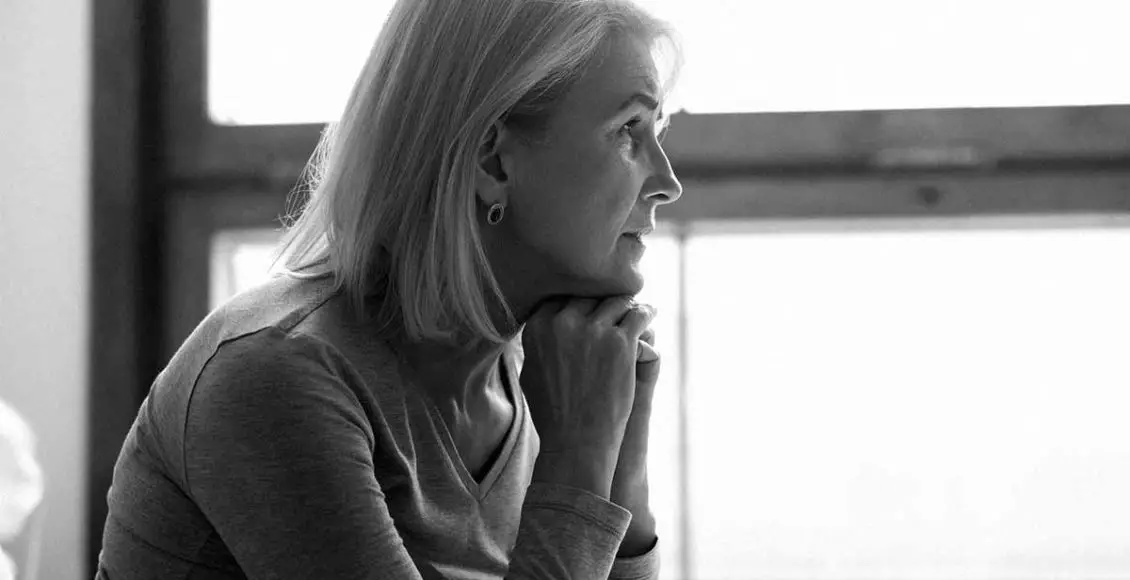Age seems to have a greater impact on our unhappiness than we thought.
Truthfully, no one is happy all the time. Even the most optimistic beings have their saddening moments. But when it comes to levels of unhappiness, it turns out that age is a fairly significant factor.
We can all agree that, in general, children are more cheerful and lively than adults. There is an unfortunate tendency showing that the older we are, the less joyful and appreciative of life we become. For instance, in modern days, many people in their 20s are experiencing an emotional trauma similar to the ‘midlife crisis’. During the period of the so-called ‘quarter-life crisis’, their stress and anxiety levels increase. Furthermore, as biopsychologist Sebastian Ocklenburg notes, mid-adulthood seems to be a particularly difficult age.
What exactly does age have to do with happiness?
A recent study conducted by economist David G. Blanchflower, titled ‘Unhappiness and age’, looks through the correlation between aging and the changes in our happiness levels. In the research, over 14 million participants from 40+ countries answered questions regarding four aspects that could trigger feelings of unhappiness.
1. Mental health
The questions related to mental health covered topics such as depression, sadness, anxiety, strain, phobia, and panic.
2. Social interactions and feelings
The second category included questions about self-esteem issues, such as feeling worthless, feeling unaccepted by society, and being lonely.
3. Physical wellbeing
When it comes to the physical aspect of unhappiness, the respondents answered questions about experiencing pain and feeling sleep-deprived.
4. National wellbeing
In this category, the topics were focused on explaining whether or not the situation in the participant’s country was getting worse at the moment.
So, at what age are we most UNhappy?
According to Blanchflower’s study, the majority of people in Europe and the United States were most unhappy in their late forties. The age 49 was estimated as a common peak.
Overall, the levels of unhappiness shifted throughout a person’s lifespan in a hill-shaped curve. While youngsters are rather happy and joyful, adults around their mid and late forties are unfortunately more unhappy.
However, after the age of 49, people start to rebuild their happiness, and it gradually increases. These findings support the theory of ‘midlife crisis’ being a general phenomenon affecting different countries.
Nevertheless, despite there is a trending opinion supporting the existence of a ‘quarter-life crisis’, this particular survey showed no data confirming its truthfulness.
What happens after 49?
While the exact reason why unhappiness decreases after this particular age was not discovered, the author has some interesting suggestions. For example, given the fact that some people give up on achieving their goals after 49, and settle for more realistic ones, their unhappiness levels decrease, as they are no longer under the pressure of achieving unreachable heights. Besides, as we age, we get to appreciate life in its purest forms, meaning we focus our values on health, love, and the wellbeing of the people we deeply care for.
Do you agree with David G. Blanchflower’s findings? Let us know in the comment section!


